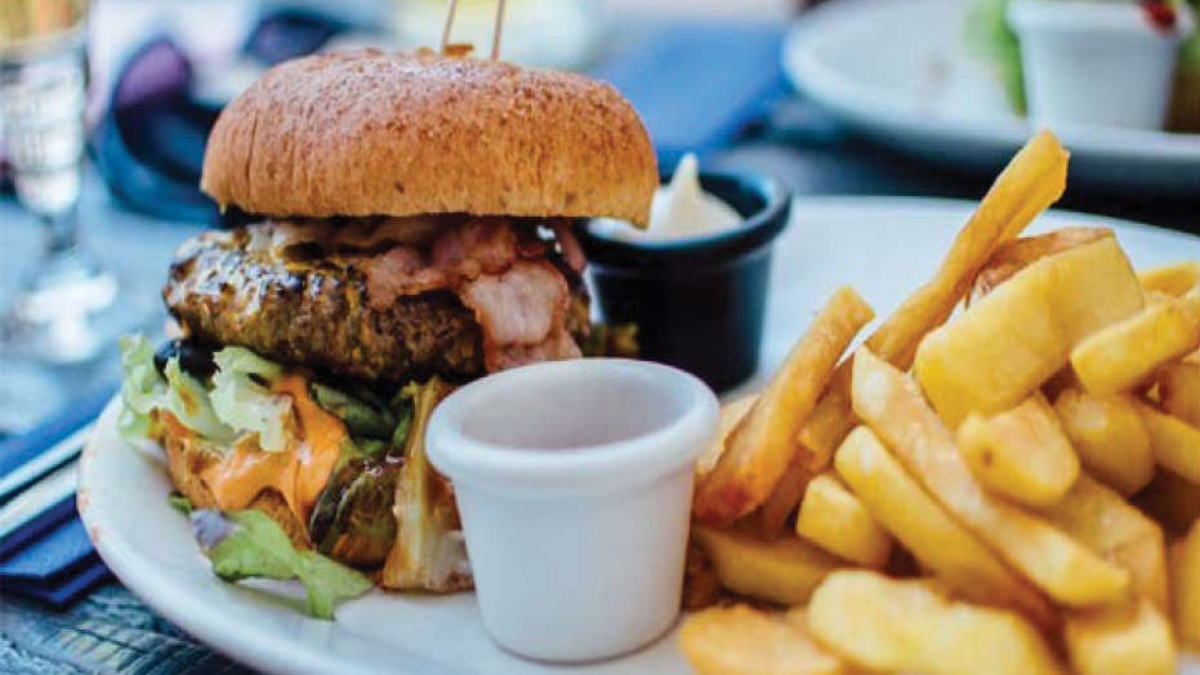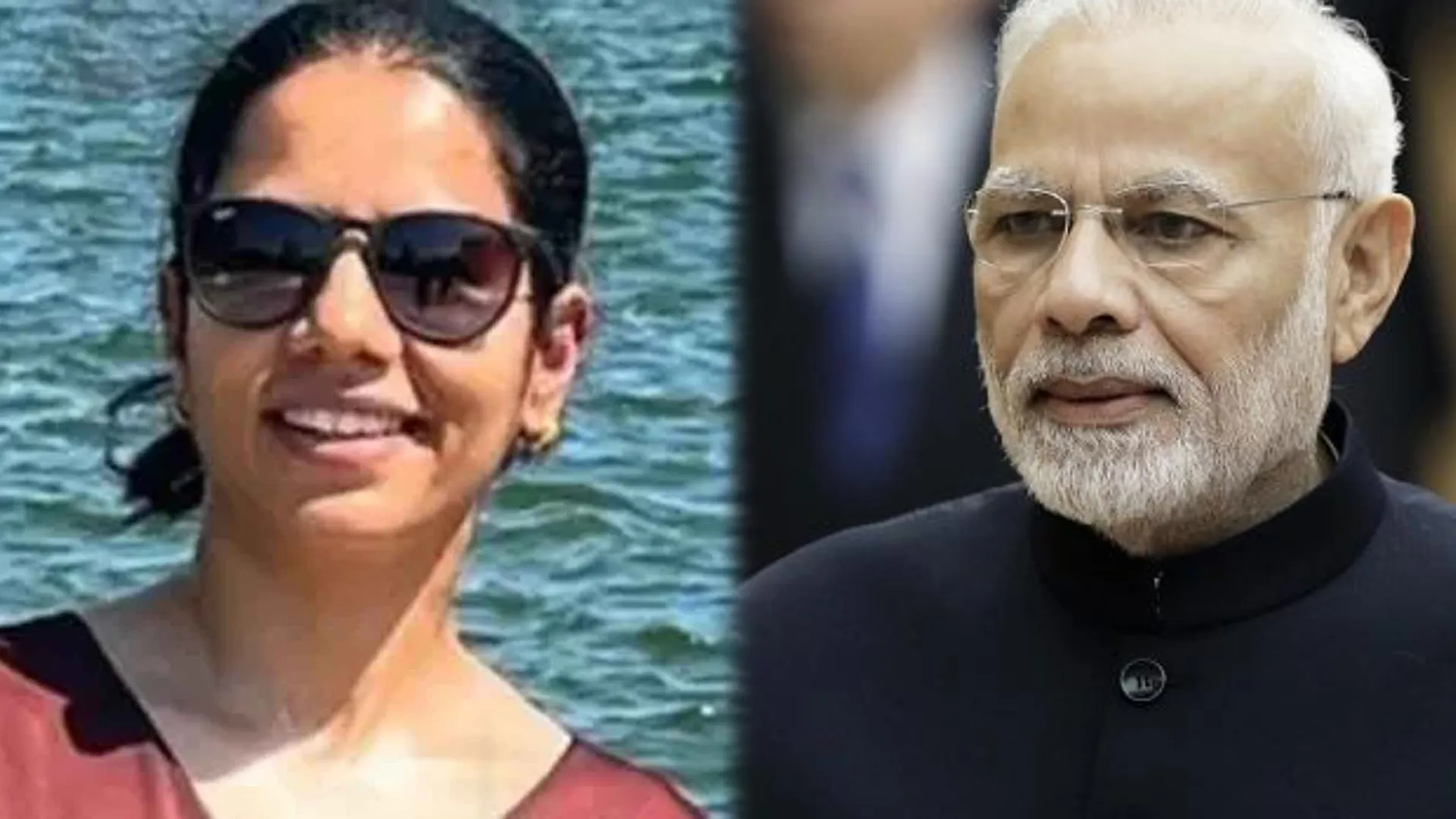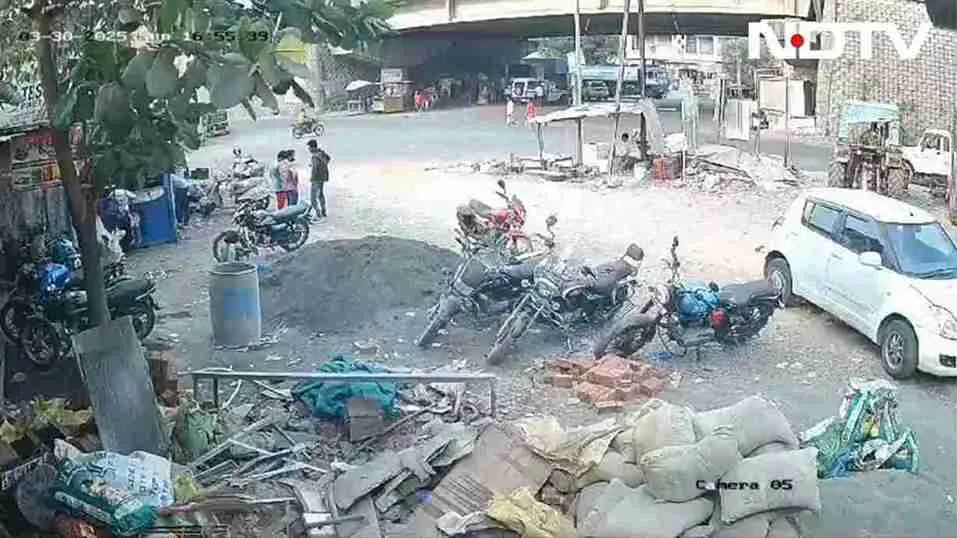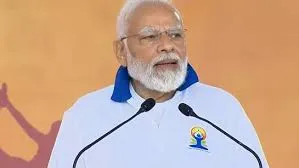If one is asked, “How many times did you order food online in the last six months?” The chances are that one may not even remember the exact number. However, the answer to another question, “How many restaurants have you visited to enjoy food in the last six months?” would be “yes, I can tell.” Millions of Indians have similar answers. Nonetheless, one might be mistaken if they believe that consumers order foods online only because of the Covid-19 pandemic. Most Indians had never thought that online food delivery would become so common that too, so fast. But the reality is that it is now part of urban consumers’ food habits, e.g., food purchase and consumption behaviour, in many countries, including India. It is trending and contagious. In the year 2021, more than 282 million Indians ordered food online, and the number is likely to increase to 493 million by the end of 2025.
Was it all because of Covid-19 and subsequent lockdowns? No, the Covid-19 pandemic has only accelerated the pace of the e-commerce business, including the online food business. The two most important factors that led to the food delivery business transformation are a revolution in internet and digital technologies and fast-changing consumers’ lifestyles and preferences.
Technology has enabled consumers to access their favourite foods from their preferred outlets at their fingertips. Food reaches consumers in the shortest possible time at the place and the time decided by the consumer and all of this without spending much. Technology has saved consumers from driving through the busy lanes with red lights at smaller intervals and a longer wait for their turn at the restaurant. It is undoubtedly a fancied choice both for busy and lazy people. Consumers compare price, menu, quality, and outlet and select the best option that provides them with value. This is in addition to the time they save, a precious resource in modern times. With the number of smartphone users expected to increase to about 1133 million by 2025 from 847.7 million by the end of 2021, the future seems brighter.
Consumers, too, are changing faster. Nuclear family, husband-wife working, increased disposable income, family members with varying tastes, not interested in kitchen work, and preference for a faster and easy option of getting food – all these have allured consumers to go online. Further, today’s consumers look for utilisation benefits and seek enjoyment, control, experimental value, and emotional arousal in their day-to-day activities. Ordering food online, fortunately, meets most of the wishes. Consumers today expect food to come to them instead of following, travelling, and waiting for it. With per capita spending on food and beverages expected to increase by more than 30% by 2025, many new consumers are likely to join the bandwagon, and existing customers will increase their online purchases.
There are two different types of online food delivery players in the market. First, the online food delivery system owned and run by established restaurants or food outlets, like Pizza Hut and Domino’s, makes home food delivery after consumers put their orders on their website. Next are food delivery platforms like Swiggy and Zomato, which source food from multiple restaurants and outlets and deliver it to consumers. In India, though restaurant-owned online food delivery is more popular and has a consumer penetration of 15.7%, online delivery platforms, with a penetration rate of 6.4%, are catching up very fast.
Online delivery platforms democratise the food market. Platforms provide every consumer with the opportunity to have food from any outlet, making it possible for smaller and not-so-popular food outlets to serve many consumers. In addition, food delivery platforms make local, traditional, and even international cuisine available to all consumers—a win-win situation for everyone.
The online food delivery system has further decentralised and democratised entrepreneurship with concepts like dark kitchens or ghost kitchens. Dark kitchens create opportunities for established industries to extend their kitchen work and for professionals and entrepreneurs to start a new venture, even with a limited budget, by partnering with delivery platforms. Understanding what, how, and when customers order and how to meet those orders in the least amount of time at a lower price is crucial for the business’s success. It seems that online delivery players are mastering these tricks faster.
Delivering food in the proper packaging is more than 50% of food quality, and the industry seems to learn it slowly but steadily. It can be ensured that hot desi samosa and dosa reach the customer with the same crispiness as those served in restaurants. Hyderabadi Biryani, if not served as it appeared on the screen while ordering or with the fragrance that biryani is expected to have, may upset the customers. Restaurant owners have started using innovative packaging, and delivery partners have added specialised carrying boxes and well-planned routes through which foods are reaching faster and safely. Swiggy food survey 2021 indicates that Biryani and Desi Samosa were the most ordered meals and snacks, respectively, indicating that food delivery players in India are doing it briskly.
Food delivery platforms are labour-intensive, and their success is dependent on their partners. Their delivery persons, called “gig workers” in business terminology, are among the most crucial players in their business. Zomato, India’s second food delivery platform after Swiggy, employs more than 1,60,000 gig workers. Though their remuneration, working hours and conditions have come under scrutiny and have become the subject of debate, no one disagrees that the business creates many jobs at the field level.
No doubt, advancing technologies, changing customers and innovations in the delivery business will result in the rapid spread of the industry. However, the food delivery business still has to cover a long distance before stabilising and settling down. Most delivery companies are yet to achieve their break-even and will require working hard to spread their reach and optimise costs. The business remains immensely competitive and reliant on the external business environment.
In 2021, Indians ordered food worth 11782 million US dollars online, 30.4% more than the previous year. If the excitement the recent IPO of Zomato created, the presence of at least one food delivery platform for more than 100 million consumers, and fast-moving bikers with food in every lane are any indication, it establishes that online food delivery has arrived in India, and it will continue to grow and flourish.
Niraj Kumar is a Professor of Rural Management at XIM University, Bhubaneswar.










